サイトのスピードアップ:実証済みのテクノロジー
- JavaScript
マージ、圧縮、遅延読み込み - CSS
サイズ圧縮と負荷の最適化 - 画像
CDNOptiPicによる圧縮と変換 - サードパーティのウィジェット
オンラインコンサルタント、チャット、ソーシャルネットワークなど。 - アナリティクスシステム
Google Analytics、Facebook、
など。
どのような問題とGooglePagespeedInsightsの推奨事項が改善されますか
Minimize main-thread work
Consider reducing the time spent parsing, compiling and executing JS. You may find delivering smaller JS payloads helps with this.
Eliminate render-blocking resources
Resources are blocking the first paint of your page. Consider delivering critical JS/CSS inline and deferring all non-critical JS/styles.
Reduce unused JavaScript
Reduce unused JavaScript and defer loading scripts until they are required to decrease bytes consumed by network activity.
Reduce unused CSS
Reduce unused rules from stylesheets and defer CSS not used for above-the-fold content to decrease bytes consumed by network activity.
Ensure text remains visible during webfont load
Leverage the font-display CSS feature to ensure text is user-visible while webfonts are loading.
Reduce the impact of third-party code
Third-party code can significantly impact load performance. Limit the number of redundant third-party providers and try to load third-party code after your page has primarily finished loading.
Serve static assets with an efficient cache policy
A long cache lifetime can speed up repeat visits to your page.
Reduce JavaScript execution time
Consider reducing the time spent parsing, compiling, and executing JS. You may find delivering smaller JS payloads helps with this.
Efficiently encode images
Optimized images load faster and consume less cellular data.
Serve images in next-gen formats
Image formats like WebP and AVIF often provide better compression than PNG or JPEG, which means faster downloads and less data consumption.
サイトの速度を確認してください-ウェブサイトを指定してください
始める方法 Pagespeed OptiPic
価格:デプロイ+サブスクリプション
デプロイの1回限りの支払い。 サブスクリプションの月払い。
Включая ускорение бекенда, TTFB, время ответа сервере, время до первого байта
フロントエンドWebサイトの高速化(クライアントの高速化)
画像圧縮とは別に、フロントエンドのWebサイトの高速化は、他のコンポーネントを最適化することで実現できます。:
- 静的ファイル(画像、CSS、JS)のバックエンドキャッシュ.
- CSSのマージ.
- CSS圧縮.
- JSマージ.
- JS圧縮.
- CSSとJSをWebページのHTMLコードの下部に再配置.
- 不要なスクリプトとウィジェットを無効にする.
バックエンドWebサイトの高速化(サーバーの高速化)
バックエンドの高速化は、サーバーによるWebページ生成の時間を最小限に抑えることを目的としています。 これは通常、次の方法で実現されます。:
- より強力なホスティングまたはサーバーへの切り替え.
- Webサーバー設定の最適化(apache、nginx、php-fpm).
- mysql設定(またはWebサイトで使用される他のデータベース管理システムの設定)の最適化.
- データベース要求のキャッシング.
- 外部APIへのリクエストのキャッシュ.
- トータルキャッシング(「複合Webサイト」テクノロジーおよびそれに類似したもの).
- phpコードロジックのリファクタリングと最適化.
OptiPicの専門家は、スピードアップ手順についてすべてを知っており、ウェブサイトのパフォーマンスを完全に向上させるお手伝いをします。 ウェブサイトを大幅に高速化する必要がある場合は、お問い合わせください.

 WordPress
WordPress 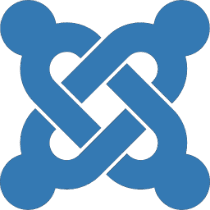 Joomla
Joomla 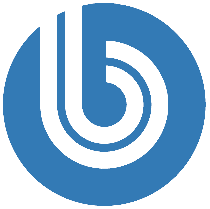 Bitrix
Bitrix  Yii
Yii 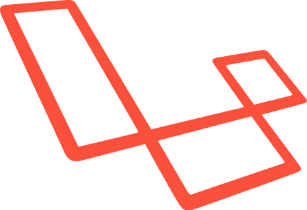 Laravel
Laravel  Symfony
Symfony  Zend Framework
Zend Framework 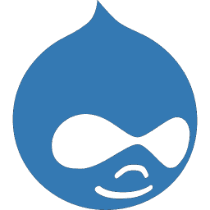 Drupal
Drupal  MODx
MODx  AMIRO.CMS
AMIRO.CMS 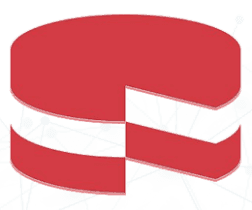 CakePHP
CakePHP  CodeIgniter
CodeIgniter 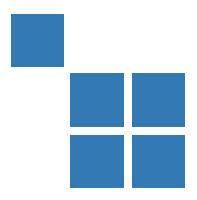 CS-Cart
CS-Cart  DataLife Engine
DataLife Engine  DIAFAN.CMS
DIAFAN.CMS  FuelPHP
FuelPHP 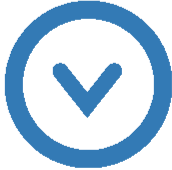 HostCMS
HostCMS  InstantCMS
InstantCMS  Magento
Magento 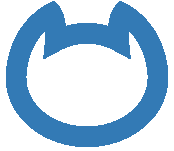 NetCat
NetCat  OpenCart
OpenCart  Phalcon
Phalcon  PHP
PHP  PHPixie
PHPixie  PrestaShop
PrestaShop  Shop-Script
Shop-Script  Simpla
Simpla 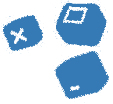 SiteEdit
SiteEdit  Slim
Slim  UMI.CMS
UMI.CMS